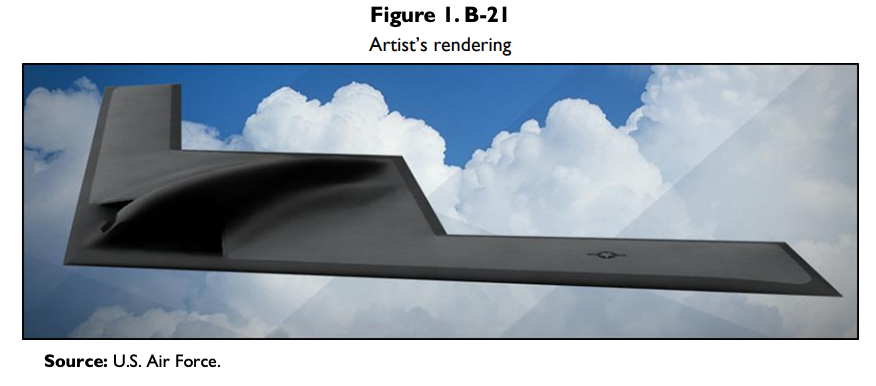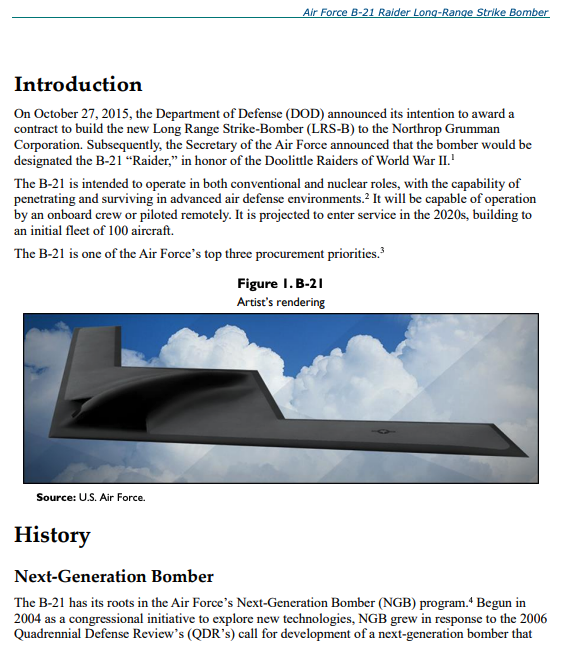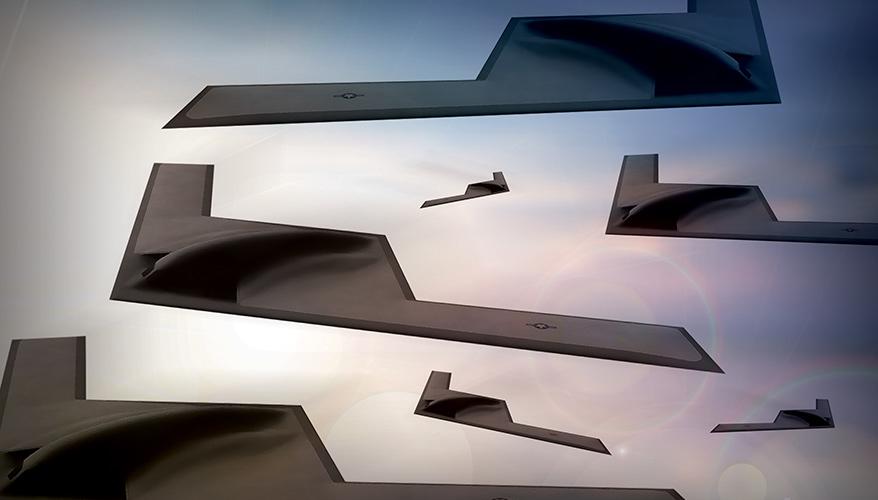The U.S. Air Force announced last week that it had selected Ellsworth Air Force Base in South Dakota to be the preferred location for the first operational B-21 Raider bomber unit, as well as a training group, reported the United States Air Forces in Europe – Air Forces Africa.
The release said the second and third bombing units would be based at Whiteman AFB, Missouri, and Dyess AFB, Texas.
“These three bomber bases are well-suited for the B-21,” Air Force Secretary Heather Wilson said in the release. “We expect the first B-21 Raider to be delivered beginning in the mid-2020s, with subsequent deliveries phased across all three bases.”
Ellsworth AFB was selected as the first location for the next-generation stealth bomber because of its strategic location in the Midwest. The release said Ellsworth AFB has “sufficient space and existing facilities necessary to accommodate simultaneous missions.”
The service is expected to make the final decision after it compiles the National Environmental Policy Act and other regulatory and planning processes on where to base the B-21 by 2021.
In 4Q18, the Air Force said that Tinker Air Force Base in Oklahoma would provide temporary support for the B-21, and Edwards AFB in California would conduct testing and evaluation trials.
Robins AFB in Georgia and Hill AFB in Utah were also chosen to support Tinker on maintaining, overhauling and upgrading the B-21, the Air Force said last fall.
The Air Force will retire the B-1 Lancers and B-2 Spirits once series production of the B-21 begins.
“We are procuring the B-21 Raider as a long-range, highly survivable aircraft capable of penetrating enemy airspace with a mix of weapons,” Air Force Chief of Staff Gen. Dave Goldfein said in the release. “It is a central part of a penetrating joint team.”
The head of the U.S. Air Force Global Strike Command expects 100 B-21 bombers will be the minimum ordered and envisions some 175–200 bombers in service by 2030. At $550 million per plane in FY10 dollars, the entire program could cost American taxpayers hundreds of billions of dollars.
via ZeroHedge News https://ift.tt/2JSMZse Tyler Durden


